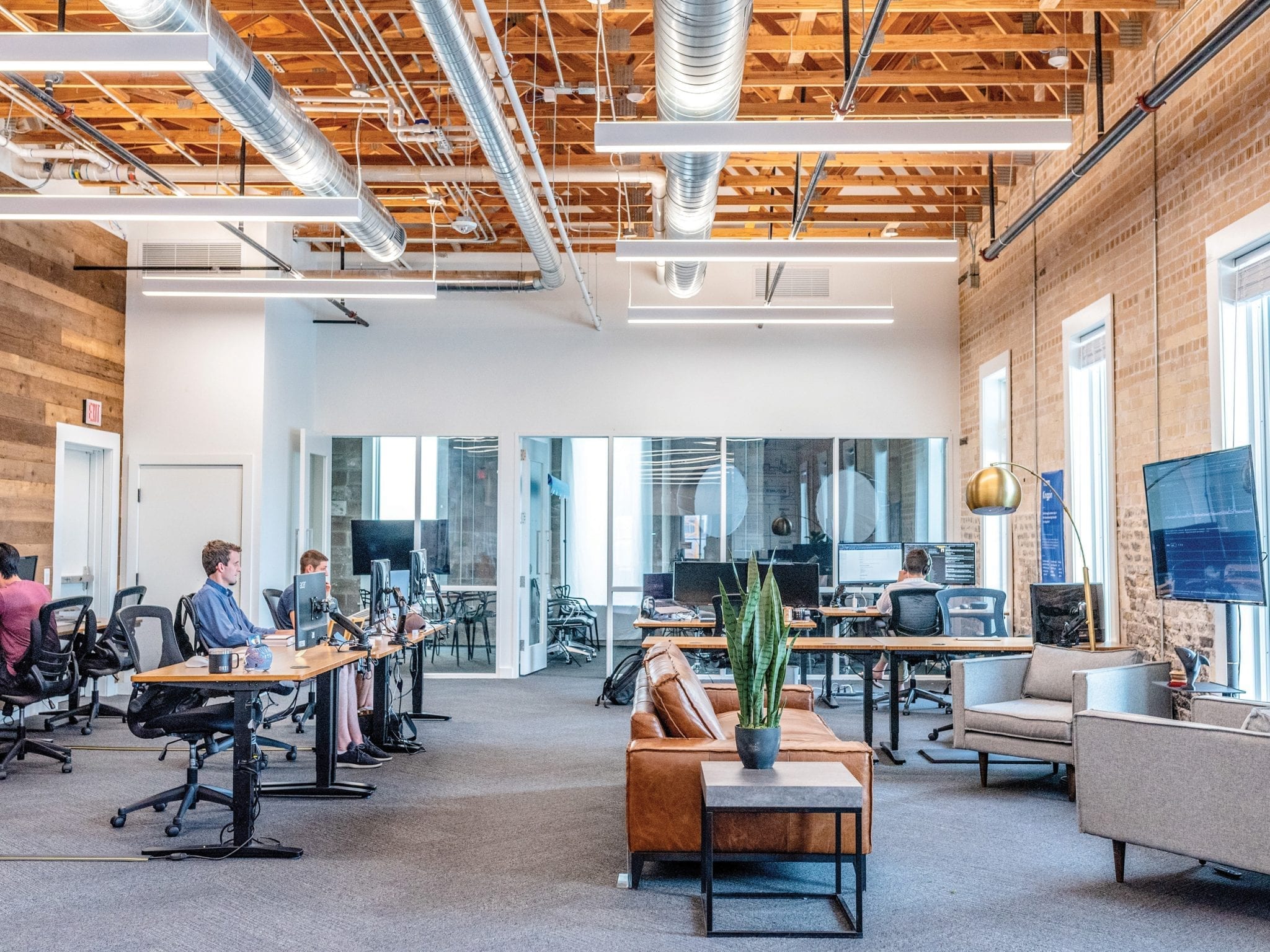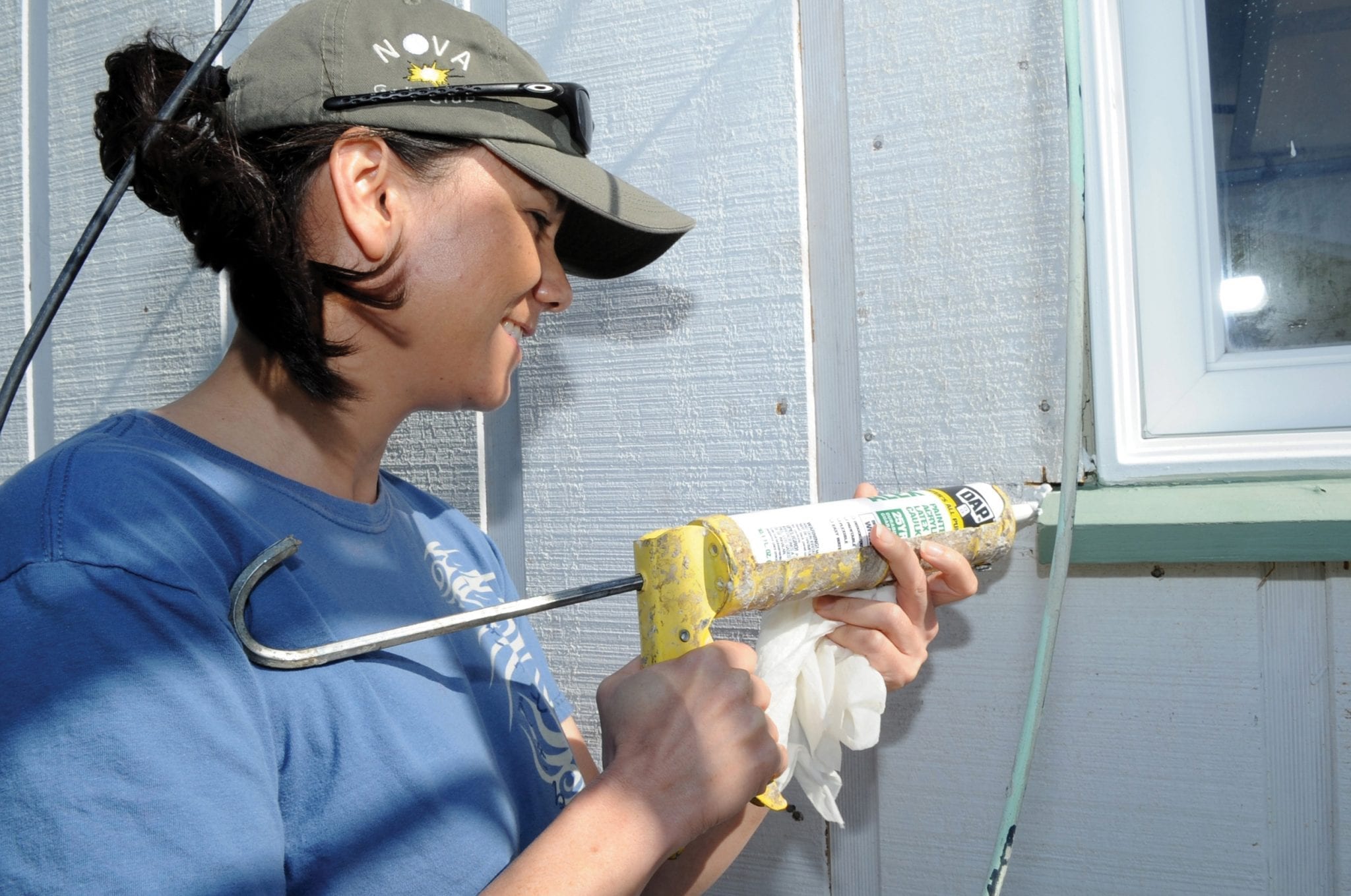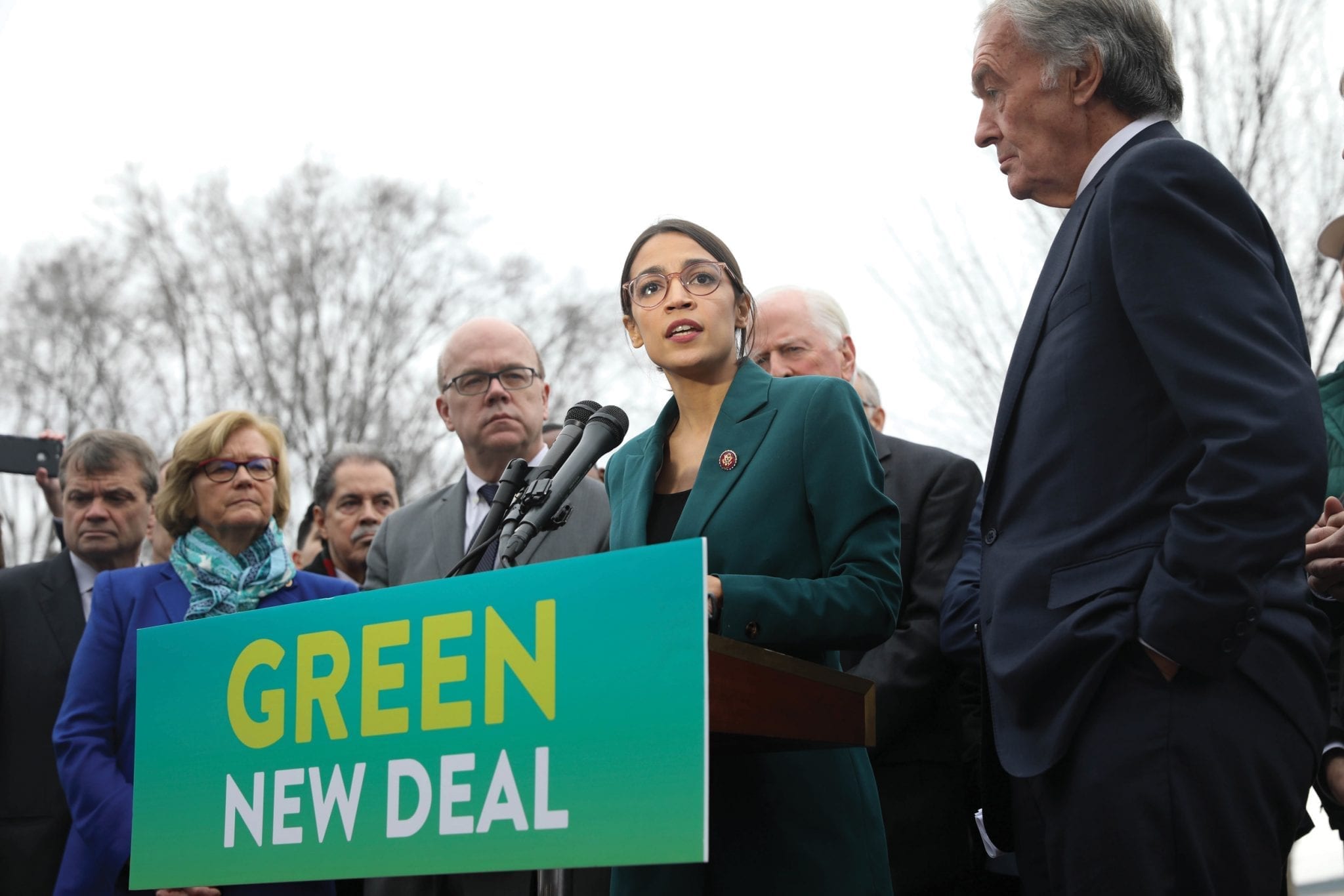Health Renovations: A Sensible Climate Revolution
The climate case for renovating Europe’s energy-inefficient building stock is almost too well known to bear repeating. Responsible for 36% of Europe’s carbon dioxide emissions, the sector has been a “low hanging fruit” in the decarbonization debate for almost as long as policy-makers have been jumping at higher-hanging baubles (take a bow Carbon Capture and Storage).
But an increasing body of academic work is revealing just how cost-effective building renovations could be when factoring in the externalities of inadequate housing. The International Energy Agency, for example, toted the by-products of slashed consumer energy bills, energy imports and alleviated fuel poverty at €500 billion a year in its 2018 outlook report. What reports like this often miss though, are the cost benefits of improved health, productivity and cognitive performance that building renovations bring in their wake.
Our health and our buildings are intimately linked. Most of the air we breathe over our lifetimes is found indoors and factors such as temperature, light, humidity, draughts and even noise can determine our susceptibility to illness, our moods and general sense of well-being. We actually spend about 90% of our time indoors, imbibing air that is on average between two and five times more toxic than that found outside, according to the U.S. Environmental Protection Agency. Sometimes, it can be 100 times more dangerous. Tragically, the people exposed to the greatest volumes of noxious substances tend to be those already most vulnerable to their effects through age, ill health or poverty – also known as health inequity.

Bad air can come from many sources such as mould, gases, smoke, allergens, and chemicals used in everyday household activities. For example, nearly all the people surveyed in one community of single-family air-tight homes in California had been exposed to excessive levels of formaldehyde.
Some of the deadliest forms of pollution originate from outdoor sources, before becoming trapped inside buildings – particulates, ozone and nitrogen dioxide are good examples of these. Research shows that people living near traffic intersections suffer much higher levels of indoor pollutants. One study last year found that up to 63% of indoor PM2.5 particulates pollution came from outdoor sources, even when windows were closed. After traffic, the greatest cause of this pollution are power plants, and much of their demand is generated by heating and cooling from, yes, poorly designed buildings.
An estimated 4.3 million people die early each year from exposure to indoor air pollutants which manifest as respiratory and cardio-vascular illness, lung cancer or chronic obstructive pulmonary disease. Experts increasingly describe air pollution as a public health crisis on a par with tobacco smoking.
Truly, the statistics, studies and research linking healthy bodies to healthy buildings could fill a city library, but none has been so detailed as a new paper by the Buildings Performance Institute Europe (BPIE), which analyzed and audited the effects of harmful indoor environments in the three most common non-residential building types – schools, hospitals and offices.
Students’ health, attendance, concentration and learning performance all suffer from the pernicious effects of inadequate buildings. Children are particularly vulnerable because they breathe more air relative to their developing body size than adults do. The occupancy density of classrooms is also much higher than in homes or offices.

The institute found that healthy school renovations would allow children to attain their current educational levels ten days earlier each year. That would translate to additional teaching, extra-curricular activities or an extra two weeks’ holiday for students and teachers each year. In the process, academic performance would be annually improved by between 3-8%.
More precisely, every 1°C reduction in temperature within the 20-32°C range increases students’ learning performance by 2.3%. The healthiest building temperatures are 21°C in winter and 26°C in summer. Good daylighting can also increase academic performance by up to 18%, aiding attention spans, concentration and relaxation. Equally, every 100ppm decrease in indoor CO2 concentrations is associated with a relative fall in absences from school due to illness of between 0.1-1%.
In hospitals, a healthy interior can make the difference between life and death. Good ventilation contains the risk of cross-infection while daylighting and good sound-proofing both accelerate patient recovery times. According to the BPIE, health renovations could cut the length of patient stays by 11% – about one day – for the average patient. Medication costs and employee turnover could be pushed down by 20%. The cost benefit was tallied at €114 billion a year.
The healthiest building temperatures are 21°C in winter and 26°C in summer.
One incredible finding from a 2014 BPIE study found that improved indoor environmental quality would lower mortality rates at a children’s hospital by 10% and increase the time doctors can spend with patients by the same amount.
The effect on offices would be no less profound. Around 81 million Europeans – 36% of the workforce – spend eight hours a day or more working in offices. Within their confines, employers also spend around 90% of their operating costs on their employees. Renovating for comfortable, well-lit, healthy and thoughtfully-designed workspaces improves staff morale and performance, while decreasing staff turnover and absenteeism rates.
Health renovations of this kind could raise worker productivity by up to 12% and save a staggering €500 billion annually, the BPIE say. For every percentile improvement in building performance, the BPIE used a scale that banks €40 billion to the bottom line. Their analysis found that every 1°C reduction in temperature in the 22-32°C temperature range increased a worker’s performance by up to 3.3%. And every 100 ppm decrease in CO2 concentration increases their performance by 4.25%.
In all, the benefits from health renovations would be felt in almost half the continent’s non-residential floor space and enjoyed by 260 million people. They would also have a revolutionary effect on Europe’s emissions, minimizing energy use and preventing costly power waste we can no longer afford, if our planet is to have a sustainable future.

One of the largest barriers to reaching this point is the burden of upfront investment, which many EU Member States have been keen to deposit on the heads of those least able to make it. A survey in March 2019 found that 60% of tenants were worried about higher rents if their landlords renovated their homes, 58% of respondents were anxious about loan repayments and 53% were deterred by the lack of government support for costly building remediation work.
This picture could be shaken up though by a trail-blazing Warmth and Well-Being pilot scheme (WWBS) being rolled out across Ireland. The project, which will produce an interim report later this year, aims to scientifically prove the causal link between cost-effective health benefits and home energy renovations.
It offers 100% grants to 900 homes in five Dublin postcodes that suffer from high levels of deprivation, along with a request for follow up health information.
The awards fund two-week home makeovers which can involve standard attic insulation with appropriate ventilation, wall insulation of the cavity, dry lining or external varieties, boiler replacements and draught proofing.

The first beneficiaries have been most vulnerable residents – such as over-55 years old and under 12, and chronic respiratory disease sufferers. Early results suggest that the project has made a real difference to their lives. One official working on the programme said that of the words they heard the most:
Comfort is often spoken about. A lot of the time, people are living in discomfort to keep the bills down. Two brothers living together became so much more sociable because their health improved after the house was done up. They were so poor that they didn’t want to have people visiting them before. That had an impact on mental health as well. They said that the project had opened-up a new phase in their lives.
To exploit fully the potential of health renovations – and to do the minimum necessary to keep within the 2°C envelope – would require an overhaul far more radical than yet imagined in Ireland.
The ‘Green New Deal’ manifesto of Alexandria Ocasio-Cortez and others has electrified American audiences with its promise to “upgrade or replace every building in US for state-of-the-art energy efficiency”. In the UK, the opposition Labour party has vowed to slash energy poverty with a mass insulation program for four million homes.

In the ongoing slog of incremental EU battles, it can be easy to forget that the energy efficiency revolution is an idea with history on its side, even if time is not. The small steps being taken in Ireland may one day be retrospectively seen as the bracing position before an almighty jump.
The health benefits and cost savings a renovations wave could bring are more than a tool in the debating armory; they are a reminder of the improved world we collectively stand to gain from a holistic and sensible reappraisal of the spaces and structures in which we live.